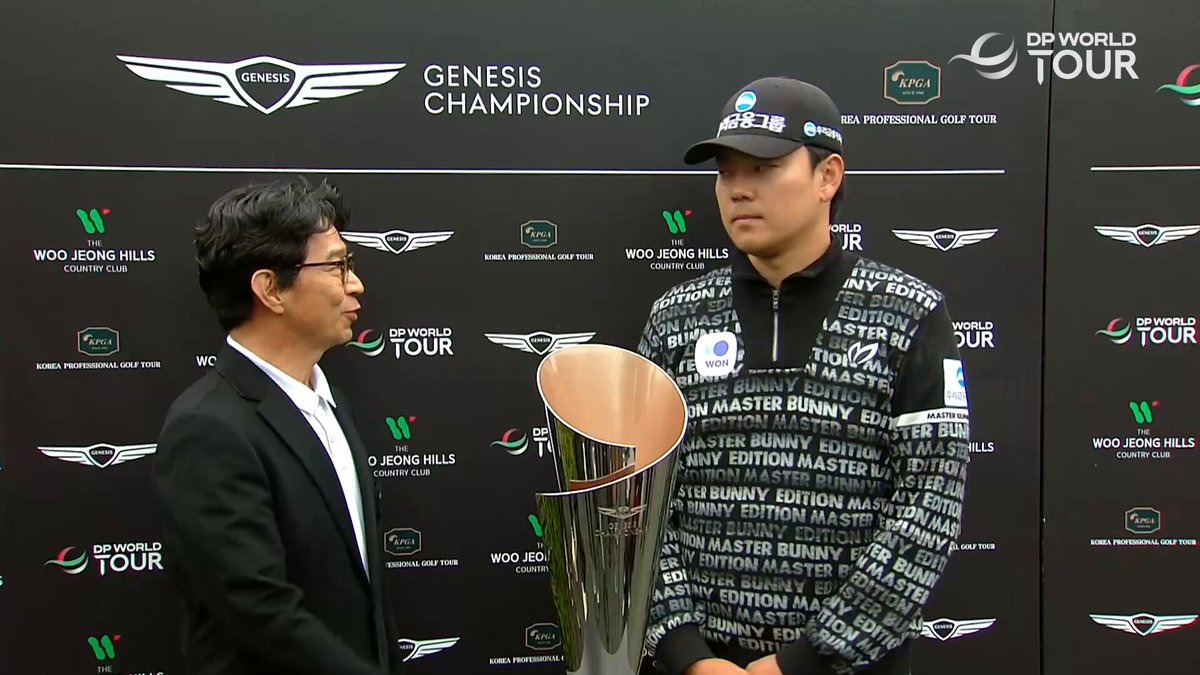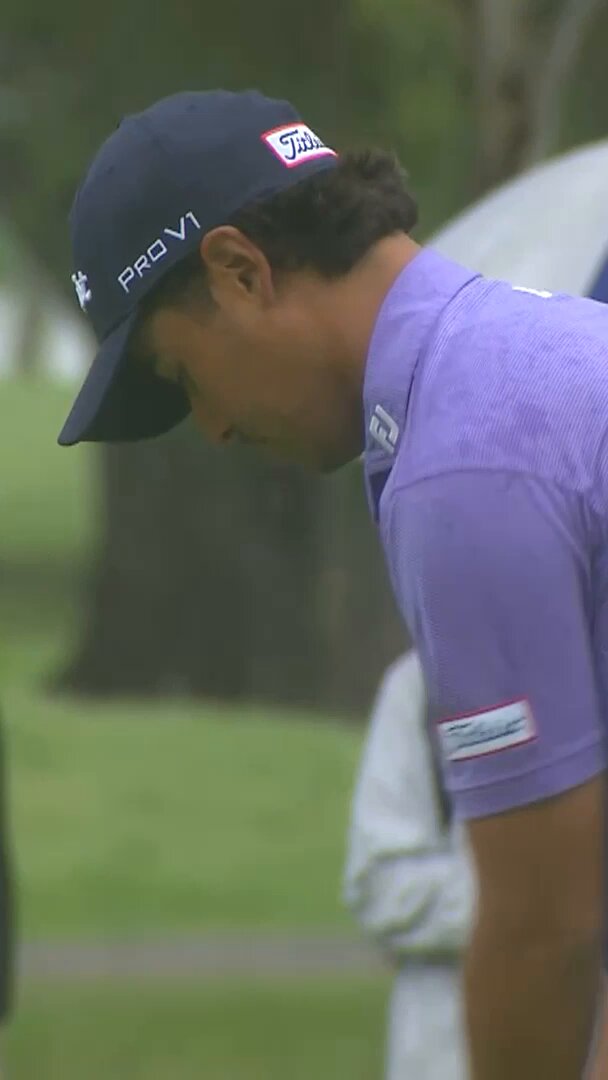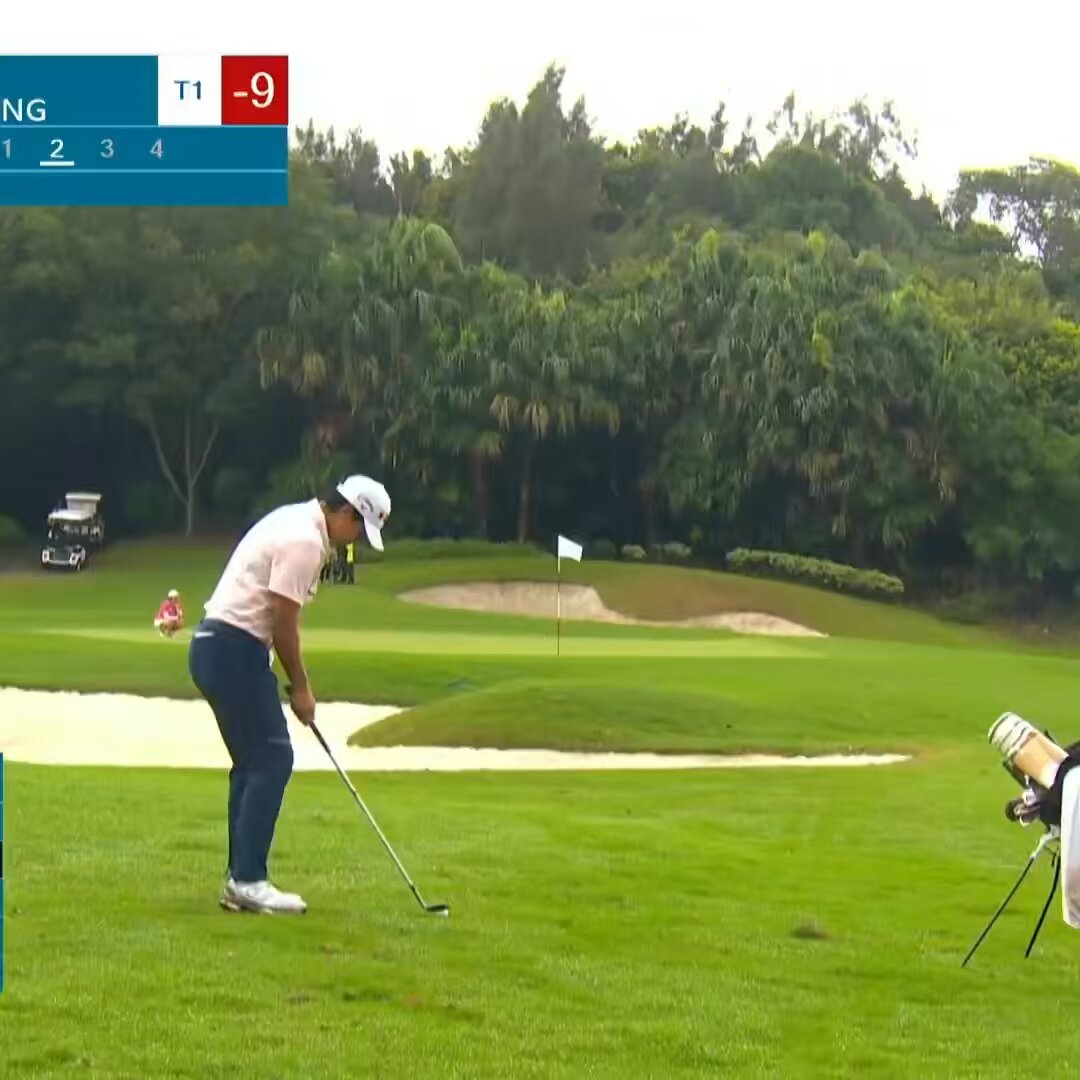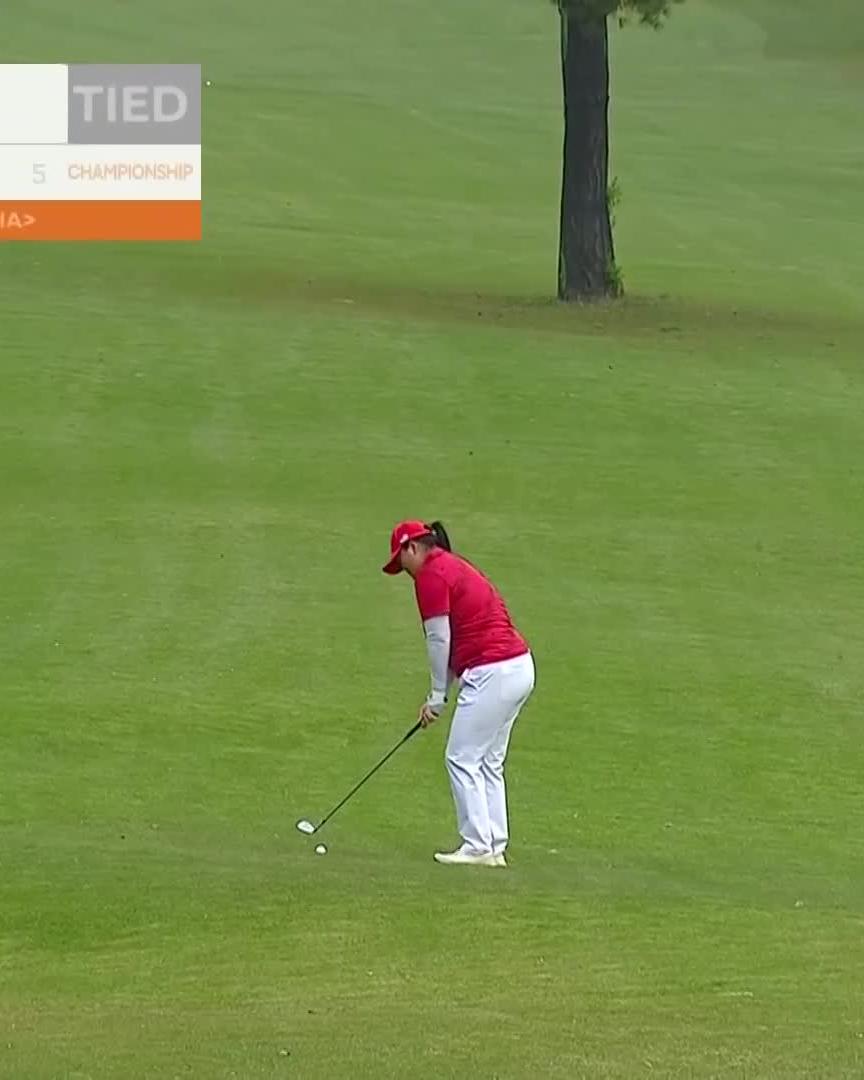Team Australia has triumphed at the 2025 Solheim Cup, delivering a memorable performance that secured them the prestigious crown. The event, held with intense competition, showcased the skill and determination of the Australian players as they outperformed their opponents to claim victory.









